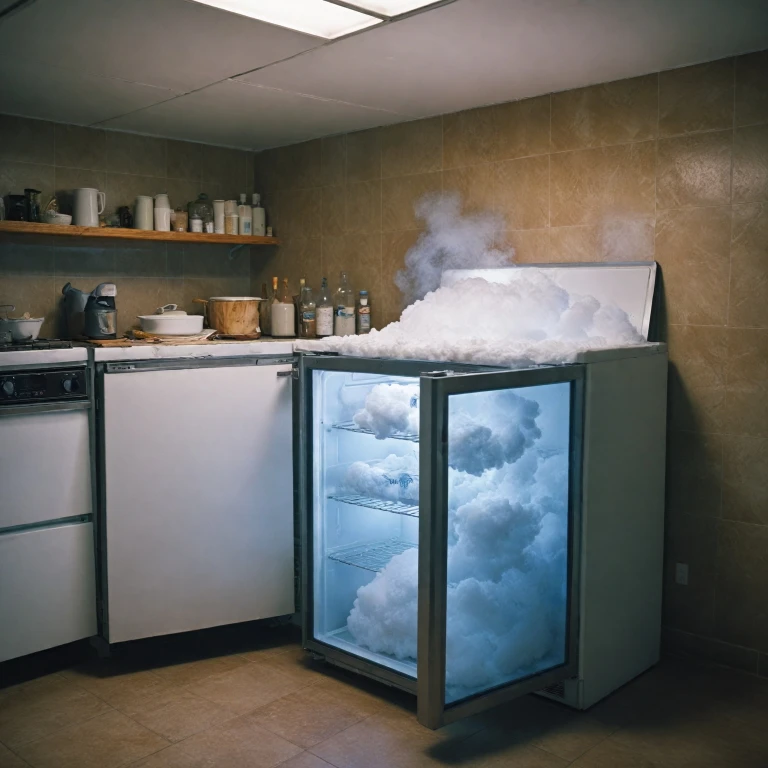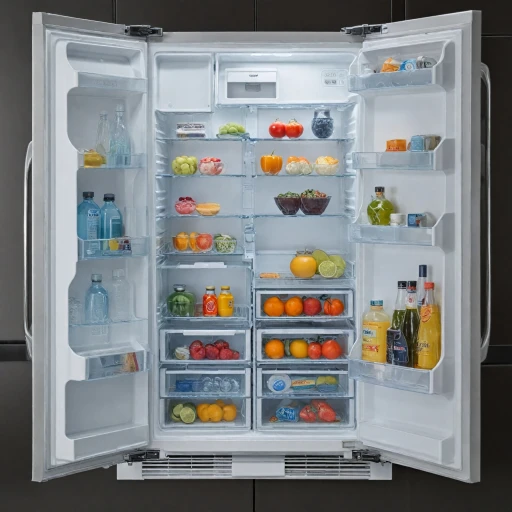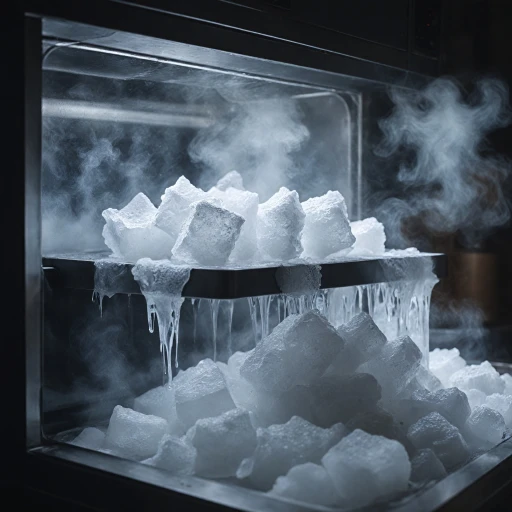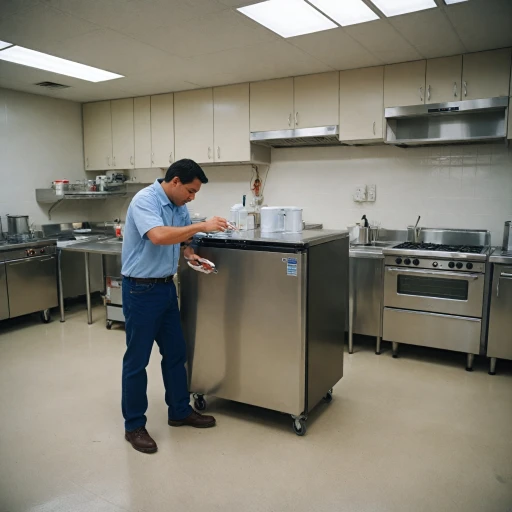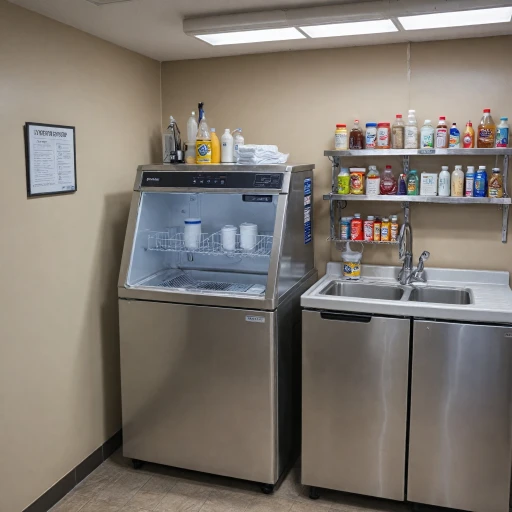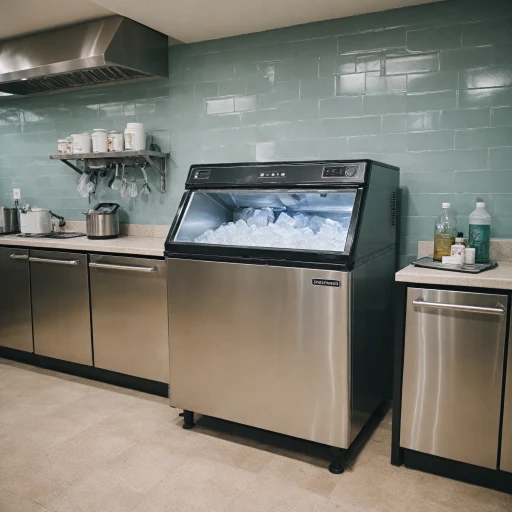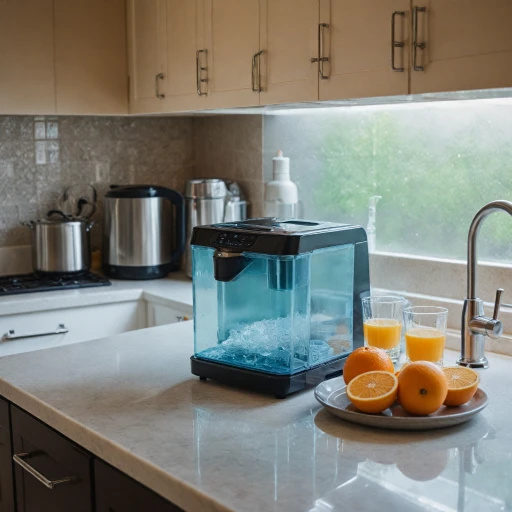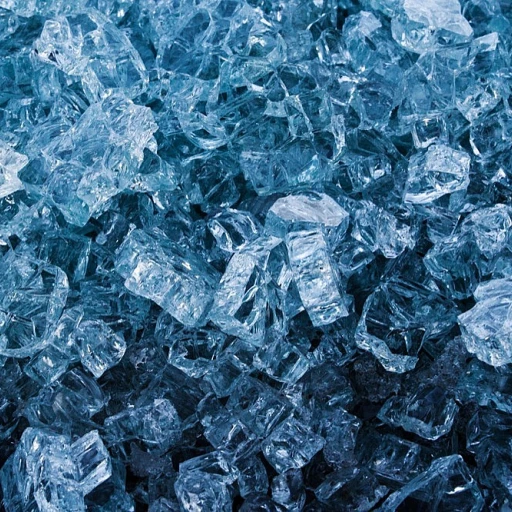
The Science Behind Dry Ice
Unveiling the Mysteries of Dry Ice
Dry ice, which is the solid form of carbon dioxide, plays an intriguing role in our everyday cooling needs. Unlike regular ice, which is frozen water, dry ice does not melt into a liquid. Instead, it transitions directly from a solid to a gas at temperatures of around -78.5 degrees Celsius (-109.3 degrees Fahrenheit). This process is known as sublimation and it makes dry ice an incredibly effective cooling agent.
But how long does dry ice last? Generally, its longevity depends on numerous factors, including the volume of dry ice used and the ambient temperature of the environment where it is stored. Under optimal conditions in a cooler or freezer, dry ice can last anywhere from 18 to 24 hours before it completely sublimates. Certain conditions, like using a thick, insulated cooler, can extend this duration up to 48 hours.
The ability of dry ice to maintain extremely cold temperatures makes it an excellent choice for keeping food and other perishables frozen. This is especially handy when regular ice packs aren't sufficient, as dry ice can stay frozen longer. When used properly, dry ice in the freezer or cooler will significantly prolong the frozen state of your goods.
However, handling dry ice requires caution due to its extreme cold and potential to displace oxygen. A thorough understanding of how to safely use and store dry ice is crucial for anyone considering its use in food preservation or other applications. For more on this, consider exploring various cooling techniques that incorporate the unique properties of dry ice.
Factors Affecting Dry Ice Longevity
Factors Influencing the Longevity of Dry Ice
When considering the longevity of dry ice in a freezer, several key factors come into play. Understanding these elements can help optimize its utility and efficiency, especially when the objective is to keep frozen items, like food or ice packs, at the desired temperature for extended periods.- Storage Conditions: Properly storing dry ice in a cooler or a freezer is crucial. While dry ice is effective in keeping food frozen, its surface temperature, which is significantly lower than water ice, can be quite unstable. A well-insulated environment helps maintain its cold state longer, thus prolonging its utility.
- Physical Size and Shape: The physical shape of the dry ice plays a pivotal role in how long it will last. Larger blocks of dry ice will generally have a slower rate of sublimation compared to smaller pieces, as they provide a smaller surface area relative to volume.
- Ambient Conditions: The ambient temperature of the surroundings also affects how long dry ice will remain effective in your cooler or freezer. Higher external temperatures will naturally lead to quicker sublimation. Therefore, it's essential to consider the environment in the United States, where conditions can vary significantly.
- Ventilation and Insulation: When using dry ice, especially in a freezer or a cooler, proper ventilation is necessary to manage carbon dioxide levels. Simultaneously, an insulated, air-tight cooler can help dry ice last longer by minimizing external temperature exposure.
Using Dry Ice with Ice Makers
Incorporating Dry Ice with Your Ice Maker
When using dry ice in conjunction with your ice maker, it's crucial to understand how these elements can work together to keep food and beverages cold. Dry ice, composed of frozen carbon dioxide, sublimates into gas rather than melting into a liquid, making it a particularly efficient cooling agent.
Firstly, ensure your freezer conditions are optimized to store dry ice safely. The surface temperature of dry ice is extremely cold, around -78.5°C, which helps maintain frozen conditions longer than regular ice packs. Therefore, dry ice will stay frozen for several hours depending on the environment where it's stored.
For effective results, place dry ice on top of the items within your cooler. Cold air sinks, so placing dry ice on top allows the cold to permeate downwards, maintaining an evenly distributed cooling effect. When supplementing your ice maker with dry ice, this method can help ensure your food and drinks remain at a safe temperature for extended periods.
Using dry ice alongside your ice maker can be especially helpful for large events or when storing large quantities of frozen food. Taking advantage of the long-lasting freeze offered by dry ice can complement the output of your ice-making appliance, providing an ideal solution for keeping everything from beverages to perishables cold during long hours of use.
Remember, while dry ice is an excellent cooling option, its properties require careful handling. Always use gloves or tongs when placing dry ice into your cooler or freezer. This safety precaution ensures that your experience with maintained freezing conditions is both effective and safe. For further tips on maintaining ice maker efficiency, read effective steps to maintain your commercial ice machine.
Safety Precautions When Handling Dry Ice
Safe Practices for Handling and Storing Dry Ice
When dealing with dry ice, it is essential to recognize that this unique cooling agent requires specific safety measures to handle effectively. As dry ice is the solid form of carbon dioxide, it sublimates into CO2 gas, which can be hazardous in enclosed spaces. This process can be quick, and therefore understanding how to safely interact with dry ice in a freezer or cooler environment is crucial.
- Ventilation: Always use dry ice in well-ventilated areas to prevent the accumulation of carbon dioxide, which can displace oxygen. Ensure that your freezer or cooler has adequate airflow to allow CO2 gas to escape.
- Gloves and Protection: Dry ice is extremely cold, with surface temperatures reaching as low as -109.3°F (-78.5°C). To avoid skin burns or frostbite, always wear insulated gloves when handling dry ice. Long sleeves can also be helpful for additional protection against potential contact burns.
- Storage: Use a well-insulated, non-airtight container to store dry ice. This allows pressure from the sublimating gas to safely escape. While traditional freezers could store dry ice temporarily, its high sublimation rate and low surface temperature can be challenging to manage for extended periods. For transitional scenarios, such as keeping frozen food cold for a short time during power outages or transport, dry ice is incredibly effective.
- Avoid Direct Contact with Food: If you're using dry ice to keep food frozen, ensure that it is not in direct contact with your frozen goods. This precaution helps prevent the risk of food items freezing unevenly or becoming brittle. You might consider using an ice pack or water-based ice packs for items requiring gentler, longer-lasting cold storage.
By implementing these safety measures, you will not only protect yourself but also optimize the longevity and effectiveness of your dry ice. By understanding factors like evaporation rate and packing technique, as explored in other sections, you can effectively use dry ice to keep food cold and frozen over extended periods.
Optimizing Freezer Conditions for Dry Ice
Optimizing Conditions for Maximizing Dry Ice Retention
To ensure your dry ice lasts as long as possible within a freezer or cooler environment, it is vital to optimize the conditions under which it's stored. Here are some practical tips to maximize the efficiency of your dry ice storage:
- Maintain a Cold Temperature: Your dry ice will last longer if it is kept in a consistently cold environment. Set your freezer to its lowest temperature setting to maximize the time your dry ice stays frozen. Keeping it around other frozen items like frozen food or ice packs can also help to stabilize the temperature.
- Avoid Air Exposure: The surface temperature of dry ice increases when exposed to air, causing it to sublimate faster. For best results, wrap your dry ice in a newspaper or any insulated material, minimizing the exposure to air while still allowing carbon dioxide gas to escape safely to avoid pressure build-up.
- Store Properly: Use a cooler or container that is specifically designed for storing dry ice. These containers are engineered to retain cold and delay sublimation. Be sure to seal it properly without making it air-tight, as this could lead to dangerous build-up of gas pressure.
- Strategic Placement: Position your dry ice at the top of the items you are trying to keep cold. Cold air tends to sink, so this placement will help keep other items colder for a longer period, enhancing the overall efficiency of your freezer.
- Time Management: Plan your use of dry ice to coincide with peak freezer demands. For instance, when you need to store food items for extended periods, prepare and schedule your frozen storage times accordingly for optimal performance.
By applying these strategies, you can significantly enhance the lifespan and effectiveness of dry ice in your freezer, ensuring your food stays optimally preserved, and your ice continues to meet your cooling needs.
Alternatives to Dry Ice for Ice Makers
Exploring Other Methods to Preserve Freezer Contents
Using dry ice can be an effective way to keep your frozen food long-lasting and cold, but it is important to know there are other methods worth exploring. Whether you are looking for options inside your freezer or when you are on-the-go with a cooler, alternatives to dry ice can come in handy. Let's explore some options:- Ice Packs: A common alternative, ice packs are readily available and easy to use. They can keep food cold and stay frozen for several hours with a constant surface temperature reduction. They are reusable, making them eco-friendly compared to single-use dry ice dates. Ice packs are a convenient choice for storing frozen food or when taking your cooler for an outdoor trip.
- Freezer Gel Packs: These packs are similar to traditional ice packs but contain a specialized gel. The gel packs keep a consistent cold temperature for longer hours, offering a great way to preserve your food in a cooler. They are particularly helpful in situations where maintaining a low temperature is critical.
- Carbon Dioxide Bags: Not as common as gel or ice packs, these use small amounts of carbon dioxide to maintain cold temperatures over time. While not as widely available in retail, they offer a unique solution in specialized situations where conventional options do not suffice.
- Solid Ice Blocks: Creating large ice blocks in your freezer can also be an effective way of keeping things cold. These can store significant cold energy and gradually melt, providing long-lasting cooling. They are especially useful for extended freezer outages or camping trips.
-logo-retina.jpg)
